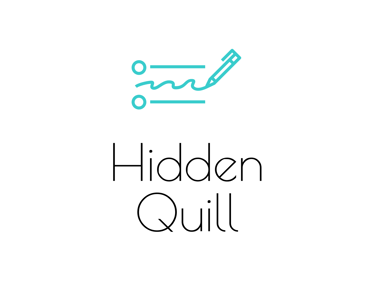Writing Pre-Recorded Patient Education Video Scripts for Cloudnine Hospitals
Insights on healthcare communication from writing patient education video scripts for Cloudnine Hospitals in India.
CASE STUDIES
Mekhala Joshi
7/8/20253 min read


TL;DR: Delivering Empathetic, Research-Backed Patient Education Videos
I wrote 8 detailed video scripts, ranging from conception and pregnancy complications like gestational diabetes to what parents can expect in the NICU. Each script was 5,000 to 7,000 words, meticulously researched and written in clear, empathetic language. The scripts were crafted for doctors to record pre-produced videos that educate and reassure patients, with a focus on accessible language and a respectful, professional tone. Doctors reviewed and approved all content with minimal revisions.
The Challenge: Balancing Medical Accuracy with Compassionate Patient Communication
The client (Cloudnine Hospital) needed clear, authoritative, and emotionally sensitive scripts to educate expecting mothers and families on complex medical topics. The scripts had to be medically accurate yet easy to understand for non-native English speakers. The tone needed to be compassionate and professional, avoiding words or phrases that might sound dismissive or insensitive, especially for sensitive topics like pregnancy complications and neonatal intensive care.
My Role and Approach: Structuring Scripts for Accessibility, Clarity, and Emotional Resonance
Topics & Volume
I authored 8 major scripts covering pregnancy, gestational diabetes, hypertension during pregnancy, and neonatal intensive care unit (NICU) care.
Research
While the Cloudnine Hospital provided main topic headings and word count targets (5,000 to 7,000 words per script), I conducted all the in-depth secondary research independently. Sources included reputed medical blogs, journals, and trusted healthcare websites.
Scriptwriting for Voiceover
Created scripts optimized for pre-recorded doctor narration.
Used British English, mindful of an audience with English as a second language and keeping sentences clear, concise, and easy to read aloud.
Avoided jargon where possible and carefully explained technical terms with accessible analogies.
Maintained a natural rhythm, avoiding awkward phrasing and overly casual expressions.
Carefully chose language to be empathetic and professional.
For example, avoided phrases like “interesting condition,” which might sound dismissive. Instead, used direct, clear explanations like, “Endometriosis is a condition where tissue that normally lines your uterus grows in places it shouldn’t, such as your ovaries or fallopian tubes.”
Structured the scripts with smooth transitions and clear signposting, including previewing upcoming sections to help viewers stay oriented throughout the video.
Scripts were reviewed by a project manager for tone and doctor feedback. Only a couple of rounds of minor edits were needed, such as adding details about surfactant treatment for premature lungs or removing brand names (e.g., Hypothermia Monitor instead of Bempu watch)
Timeline and Communication
The project lasted one month, with quick feedback loops and no delays.
Maintained close collaboration with the project manager to ensure alignment on tone, clarity, and medical accuracy.
The Impact: Supporting Healthcare Providers with Trustworthy Patient Resources
These scripts were crafted to serve as clear, compassionate educational tools designed to empower women and families navigating pregnancy and newborn care. While I don’t have direct insight into their post-delivery use or reception, the careful blend of medical accuracy and empathetic tone was intended to support doctors in connecting with patients, making complex information accessible and reassuring. This project strengthened my belief that well-written content can play a vital role in patient education, even when delivered through clinical channels.
Final Thoughts
Writing these detailed, sensitive scripts reinforced how critical it is to blend empathy with authority in healthcare communication. Clear language that respects the patient’s perspective makes medical knowledge more approachable and trustworthy. If you’re a healthcare provider, platform, or agency looking for patient-facing educational content that balances rigour with warmth, I’m ready to help you translate complex medical information into clear, compassionate narratives your audience can rely on.
Interested in patient education content that hits the right tone and speaks clearly to your audience?
Let’s connect. Send me your topic and keywords, and I’ll bring the research, clarity, and empathy you need. No hand-holding required.
About the Author
Mekhala Joshi is an Industrial-Organizational (I-O) Psychologist and content strategist with 8+ years of experience helping brands win with data-driven, authoritative content.
Connect on LinkedIn | mekhala@hiddenquill.in
Note: This case study is published with written permission from Kids Clinic India Ltd (Cloudnine Hospital), including the use of their name and logo.
© 2025 Cognikaleido Consulting
The Hidden Quill is a content studio operated by Cognikaleido Consulting.
Working between Jabalpur, MP & Mumbai, MH, India
Email: [mekhala@hiddenquill.in] | [Privacy Policy] | [LinkedIn ] | [Sitemap] | Website built with Hostinger Website Builder
